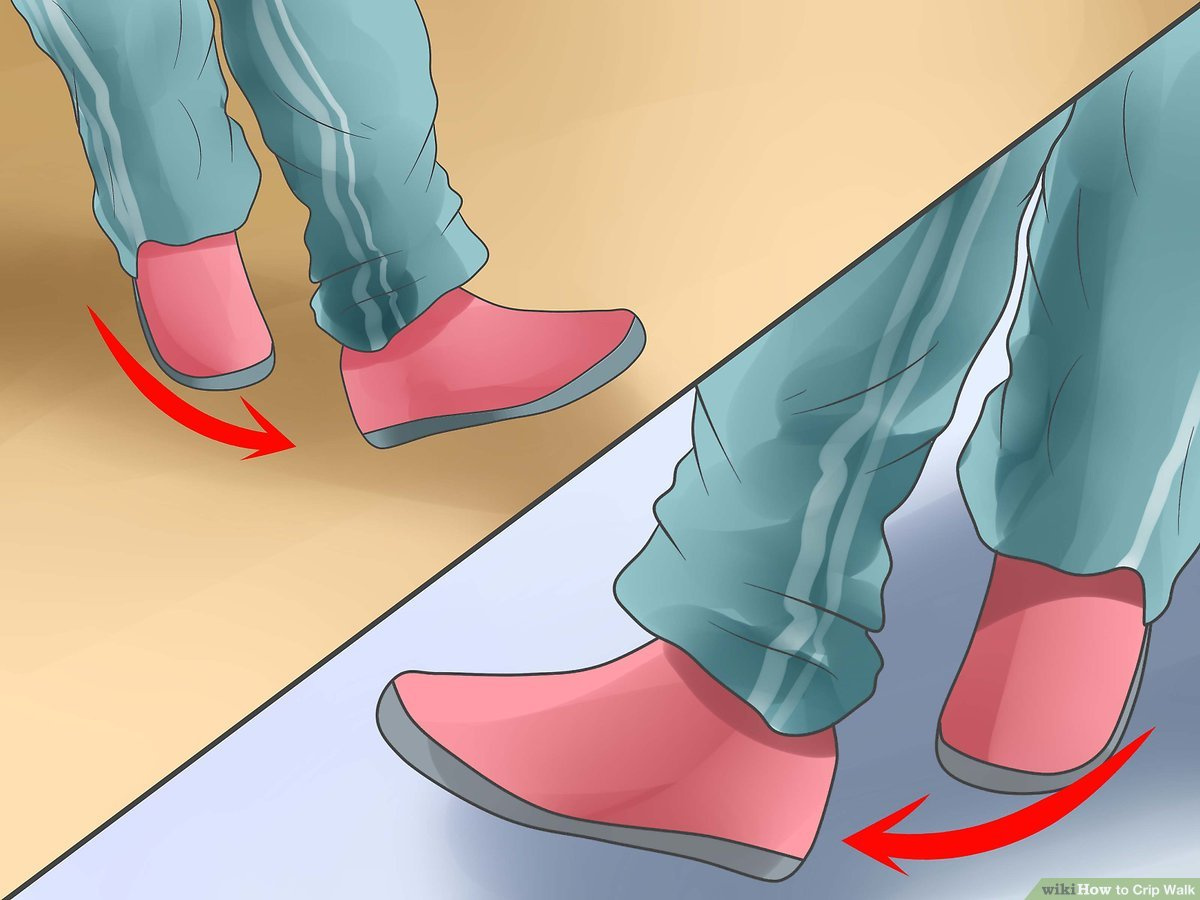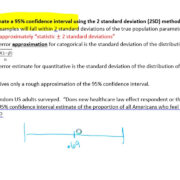Dive into the vibrant world of hip-hop dance with one of its most iconic moves: the Crip Walk, affectionately known as the C-Walk. A dance that hails from the streets of South Central Los Angeles, the C-Walk is a fluid, expressive style that blends rhythm with fancy footwork. While it may look intricate, don’t be daunted. This guide will take you through the essentials, breaking down the C-Walk into manageable steps so that you, regardless of your dance experience, can master this captivating street dance.

The V Move
The V Move is the foundational step of the Crip Walk. It gets its name from the shape your feet make as you perform it. This move is all about creating a ‘V’ on the ground and sets the rhythm for more complex variations.
Detailed Steps:
- Stand with your feet together: Start with your feet touching each other, standing upright and relaxed.
- Make the first ‘V’: Slide your right foot back and to the left at a 45-degree angle, while simultaneously sliding your left foot forward and to the right. You should form a ‘V’ shape with your heels still touching.
- Switch to the other ‘V’: Now, slide your right foot forward and to the right while bringing your left foot back and to the left to form an inverse ‘V’.
- Repeat the motion: Practice transitioning between the two ‘V’ positions smoothly. The key is to keep it fluid and rhythmic.
Summary:
The V Move is the cornerstone of the Crip Walk and is crucial for beginners to practice. Once you get the hang of this, the rest of the steps will come more naturally. The downside is it might seem monotonous, but repetition is key to building muscle memory.
The Heel-Toe
After you’ve mastered the V Move, you’re ready to advance to the Heel-Toe. This move adds a twist and pivot, giving your C-Walk flair and fluidity.
Detailed Steps:
- Start in a ‘V’ position: Begin with the preceding V Move position with your feet forming the ‘V’.
- Pivot on your heels: While keeping your toes in place, twist both heels outwards and then back to the center.
- Pivot on your toes: This time, with your heels in place, twist your toes inwards and then back to the center.
Summary:
The Heel-Toe adds a new dimension to your C-Walk. It introduces rotation to your movements, which can add a cool effect. The challenge here is maintaining balance while you pivot.
The Shuffle
The Shuffle brings in a sliding element that’s characteristic of the smooth C-Walk style. It’s all about looking effortless as if you’re gliding across the floor.
Detailed Steps:
- Begin with the basic ‘V’: Use the V Move as your starting position.
- Slide your front foot: Push the foot that’s in front of the V further forward, keeping it flush with the ground.
- Bring the back foot up: As you slide your front foot forward, bring your back foot to meet it halfway then slide it back to the starting ‘V’.
Summary:
The Shuffle is ideal for transitioning between moves. It’s a simple step but gives the C-Walk its trademark gliding look. The difficulty here is in the smoothness and maintaining an even tempo.
The Heel Tap
Tapping adds rhythm and can be punctuated to the beats of the music you’re dancing to. The heel tap is a subtle but neat touch that can be included in your routine.
Detailed Steps:
- Start neutral: Begin with your feet together in a neutral standing position.
- Lift and tap: Lift your right foot slightly and tap the heel in front of you, then return to neutral.
- Repeat on the left: Do the same movement with your left foot.
Summary:
This move is all about timing. The Heel Tap serves as a good pause between more complex moves, allowing you to keep in time with the music. Its downside is that it is a bit stationary compared to other steps.
The Snake Move
The Snake Move involves sinuous, wave-like motions that mimic the movement of a snake, adding a layer of sophistication to your C-Walk.
Detailed Steps:
- Start with the V: Begin in your initial ‘V’ position.
- Initiate the wave: Lift the toes of your front foot while keeping your heel planted. Simultaneously, lift the heel of your back foot, keeping the toes on the ground.
- Complete the wave: In a fluid motion, roll through your feet, swapping the lifted toes and heel to create a wave effect.
Summary:
The Snake Move will definitely elevate your C-Walk by giving it a fluid and stylish flair. The challenge is coordinating the lift and drop of the toes and heels simultaneously.
Step-and-Slide
Infuse your C-Walk with the Step-and-Slide, moving you seamlessly from one end of the floor to the other with style.
Detailed Steps:
- V position: Start in the basic ‘V’.
- Step forward: Take a step forward with your leading foot.
- Slide the back foot: Slide your back foot to meet the front foot before stepping out again.
Summary:
The Step-and-Slide is another great way to travel while doing the C-Walk. It requires a bit more balance and coordination as you need to smoothly transition your weight from one foot to the other.
End your C-Walk practice session with a review of the steps and try to put them together in a flow. As you become more comfortable, you’ll find that the moves start to look more natural and feel like second nature.
Conclusion
The Crip Walk, or C-Walk, is more than just a series of steps; it’s a rhythmic expression that connects you with the soul of hip-hop culture. With patience and practice, each of these moves coalesces into a dance that’s fluid, stylish, and uniquely your own. Remember, the key is to keep practicing and adjusting according to what feels right for your body rhythm.
FAQs
-
Do I need any special equipment to practice the C-Walk?
No, all you need is a smooth surface and comfortable footwear to start practicing the C-Walk. -
How long does it take to learn the C-Walk?
The time it takes to learn the C-Walk varies by individual. With regular practice, you could master the basics in a few weeks. -
Can the C-Walk be performed to any type of music?
While the C-Walk is rooted in hip-hop, once you get the moves down, you can adapt it to various music genres and beats.









